Everything you need to know for a self-drive safari in East Africa
An overloading trip anywhere in Africa is not a small undertaking. There is a lot you need to prepare for from petrol stations potentially running out of petrol, being on the roads for over a day without seeing another car, punctures, shops not being well socked, roads being flooded or just washed away and lots lots more! Read this post to understand everything you need to know for a self-drive safari.
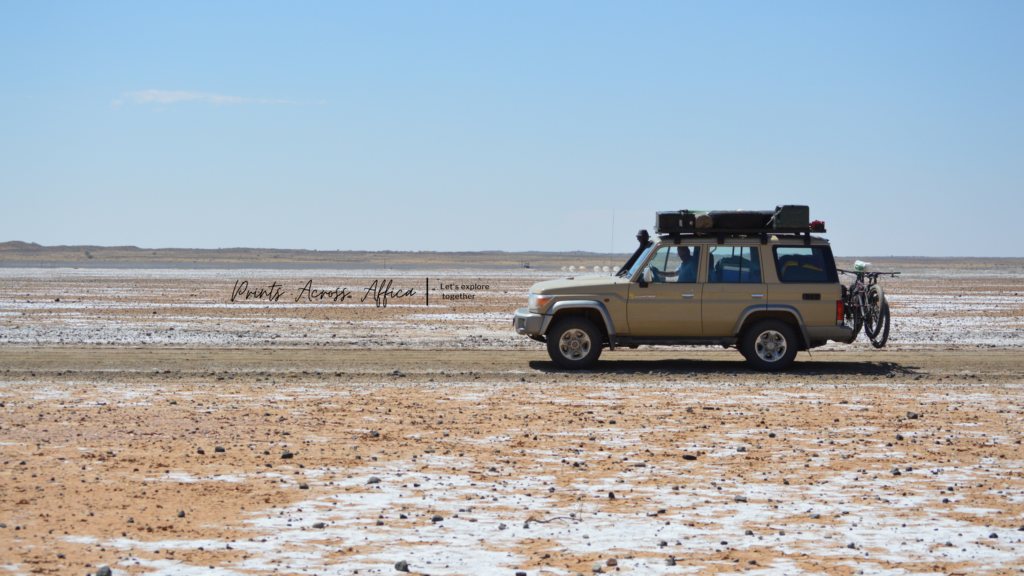
Overprepare
Firstly the best thing you can do is be over-prepared when you pack. If you are coming from Europe or the USA etc don’t expect things to be the same as they are there. You will not find convenience stores or petrol stations on every corner, shops are not open 24/7 and there are plenty of times when things are just ‘temporarily not working’. When temporary can be anywhere from 10 minutes to months.
It is important, therefore to have everything you need with you. When you see a petrol station fill up, don’t wait for the next one. Have spare tyres and puncture repair kits, have plenty of water, a shovel and enough food with you. I will give a comprehensive packing list later so you can check off exactly what you need.
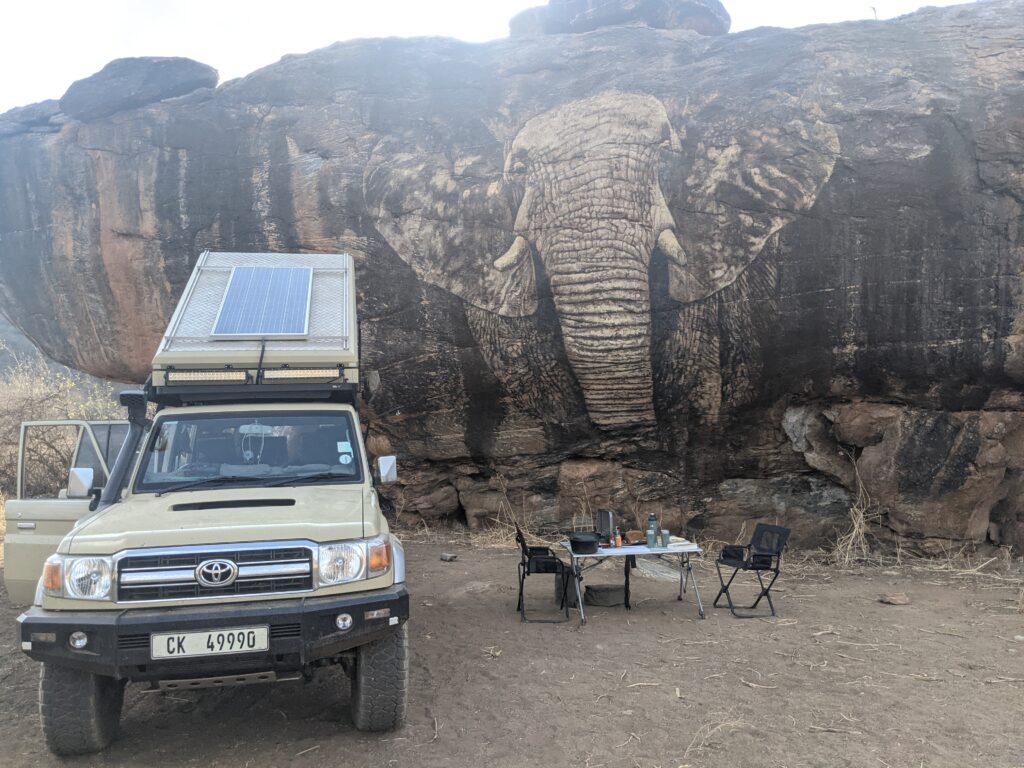
Embrace the challenge
That being said, a lot of times it is the challenges that make the trip so much better. With challenge comes achievement, sometimes it also brings temporary failure, but in the end, you will succeed. You will soon learn that there is always a way. People will always come to assist you and together you will ‘make a plan’ and then eventually you will be back on the correct route.
It might just take a bit longer or take you a different route but it is often along this new route where all the excitement happens. It is along this new route where you are presented with opportunities to get to know the locals, learn new cultures and traditions, learn the local way of improvising with what you have and making it work.
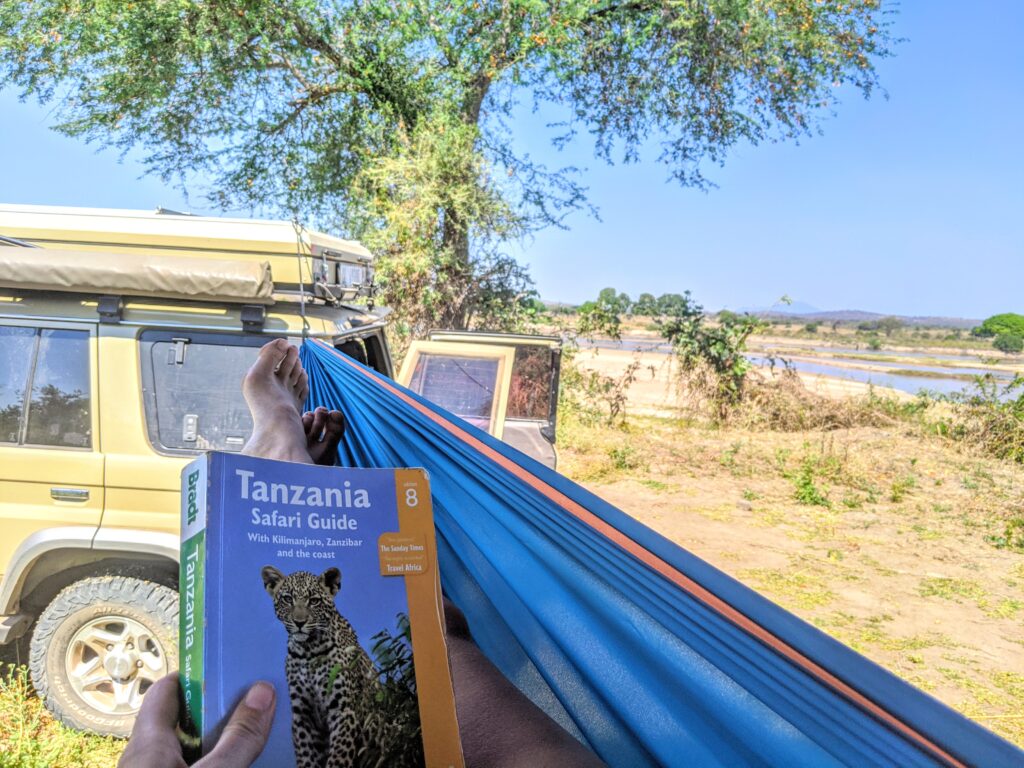
Personal Experineces
I have so many stories from my time in East Africa, where things didn’t go to plan. Where something went wrong but it always worked out in the end and I can look back at all the times with a smile on my face. I remember the events of what subsequently happened fondly.
The best advice I can give you for when things go wrong is to not stress. Do what you can to try and prevent the situation from occurring in the first place but once it has occurred then you need to just go with it. Don’t stress about the things you can’t control, stay calm, use your head and come up with a solution.
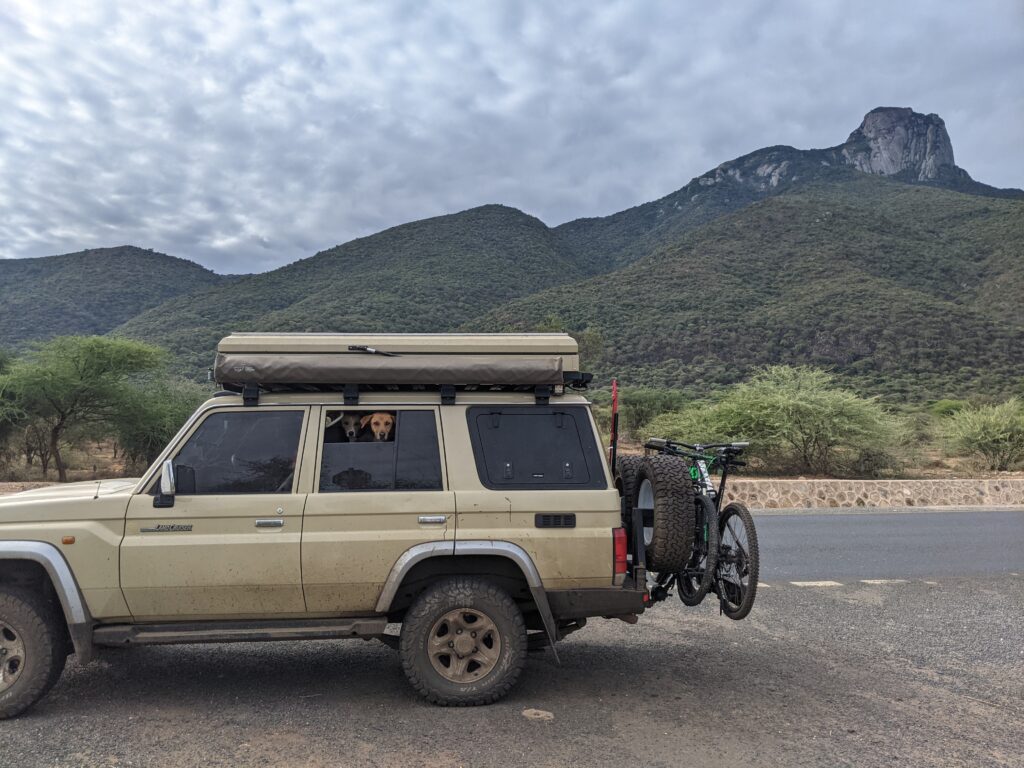
Stories from the road
One story that springs to mind is when I had friends visit me in Tanzania from South Africa and Malawi. The first situation was when I went to pick them up from the airport. We were only about 10 minutes from the airport and the car radiator blew up. We spent a few hours at the side of the road and eventually got towed to a local garage.
The rest of the trip continued in a similar fashion. We were a large group so we towed a trailer with a rooftop tent with us. The trailer broke on no less than 4 occasions. We spent a lot of time trying to fix it at the side of the road and meeting many helpful locals along the way.
On one particular occasion, we were stuck for a long time. We had exhausted playing noughts and crosses in the sand with the Masai children and the sun was about to set. At that point a Diamond Gin truck came by, we flagged it down got a few ‘samples’ and proceeded to have sundowners with the Masai (adults) while we continue to attempt to fix the trailer.
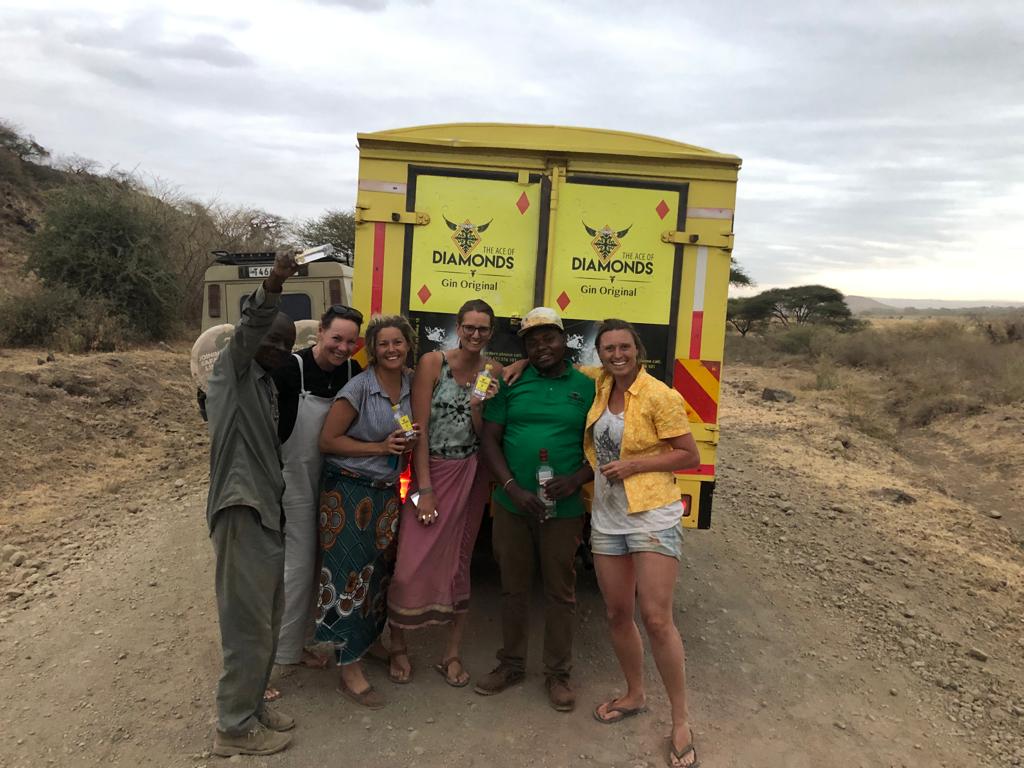
In that entire trip, we pulled the trailer with us for 10 days and only used the tent on top of it on one occasion. The rest of the time it was out of action. Eventually, we left the trailer at a campsite and continue the trip without it as it was causing more harm than good. My friends and I affectionately refer to that trip as the ‘Roadside retreat’ due to the amount of time we spent on the roadside.
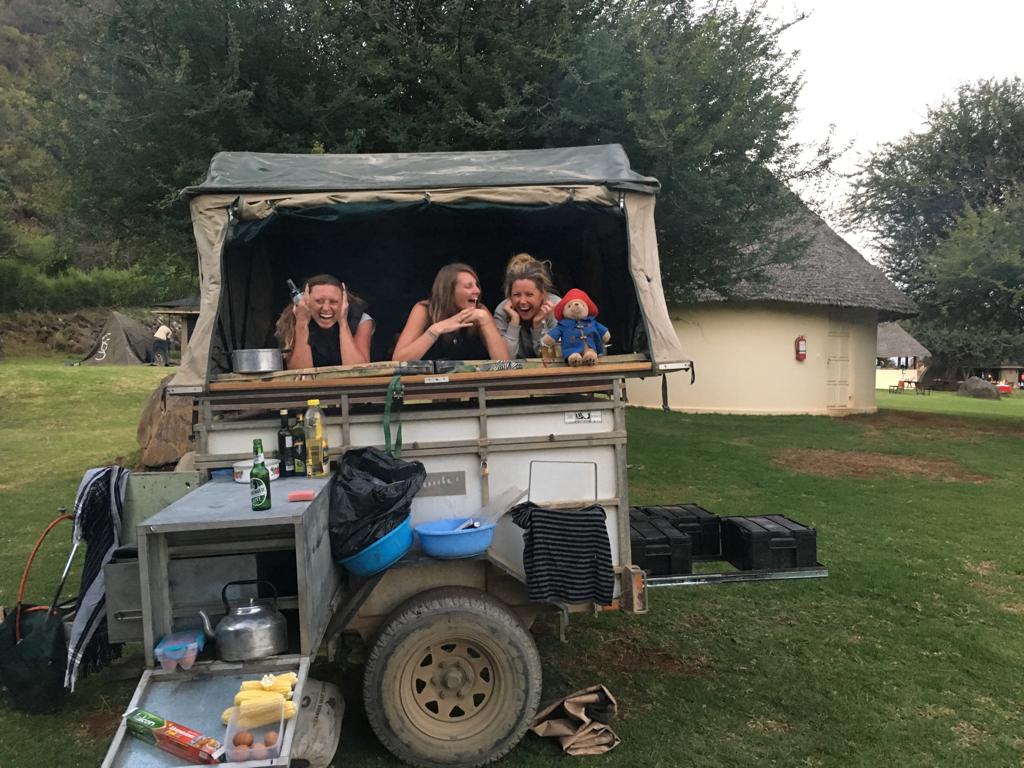
We flagged down the Diamon gin truck got a few ‘samples’ and proceeded to have sundowners with the Maasai (adults) while we continued to attempt to fix the truck
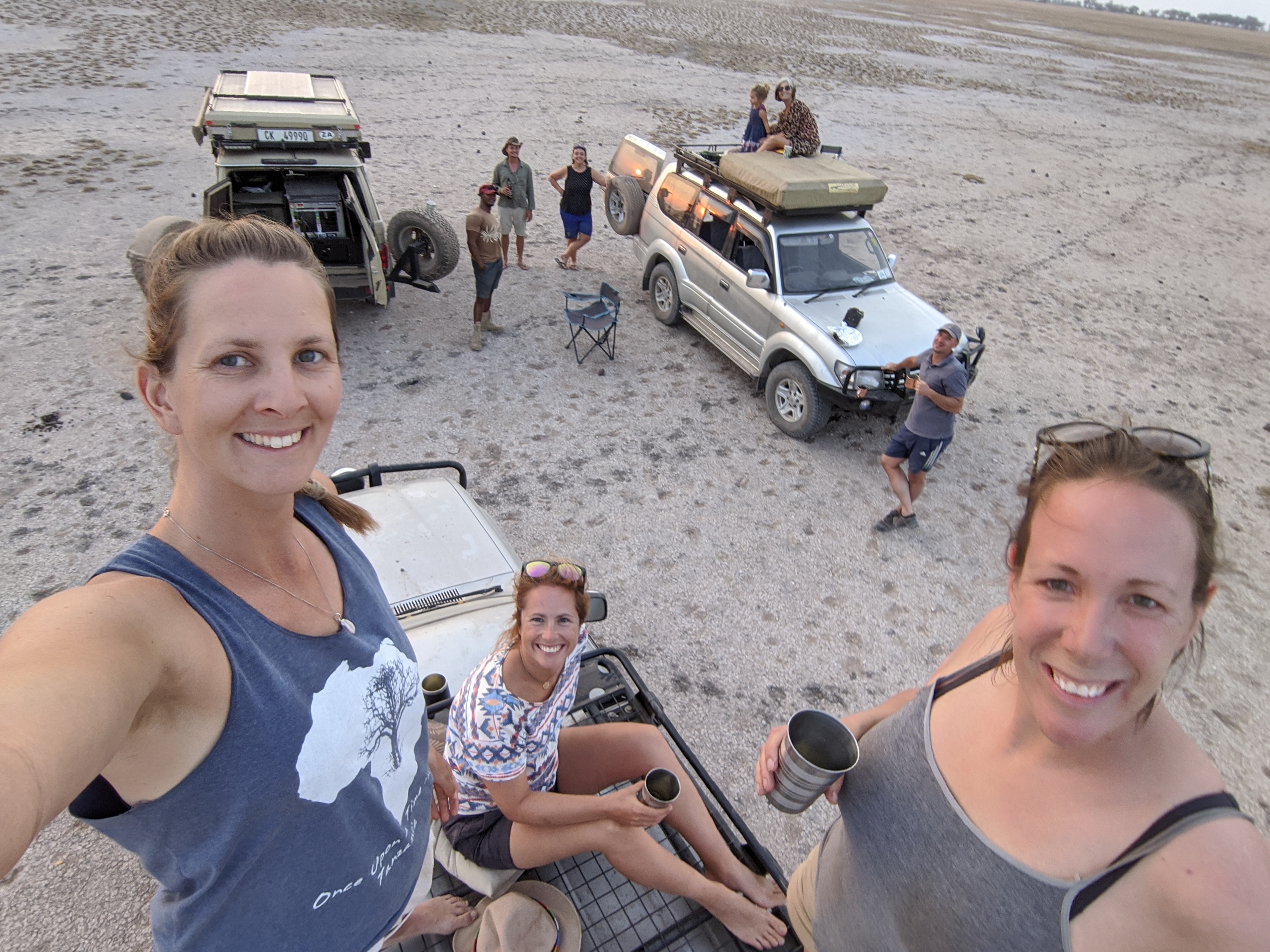
Be safe
We are lucky to have lived in very safe countries, whenever we have broken down we have been at least two of us and we always stay together. We have never had a situation where we have felt unsafe. However, there are some countries where it would be dangerous to break down, especially at night. To be honest you need to prepare and try and avoid those situations as best you can.
Be prepared
An example of being underprepared was a young couple we met in Namibia. They were travelling around Namibia in a Ford Corsa. Bear in mind Namibia has endless gravel roads, desert and has a small population for the size of the country and you will understand the issues this car may cause. In the back of their car, they had firewood, a tent, 2 chairs and some 2-minute noodles.
To prepare their car for the trip they painted the side of the car in blackboard paint so they could write messages on their car… Unsurprisingly their car had broken down and they were stuck at the campsite outside the Sousesveli with a broken car, no food and their visa running out the next day (I’m not making any of this up). To help them out we gave them dinner and discussed their options with them.
In the end, they had to exchange their broken car for a lift to the border the next day so they could renew their visa or leave the country. Don’t get me wrong, I’m all for spontaneous travel and seizing the day but you need to be realistic about travel and take the necessary preparations.
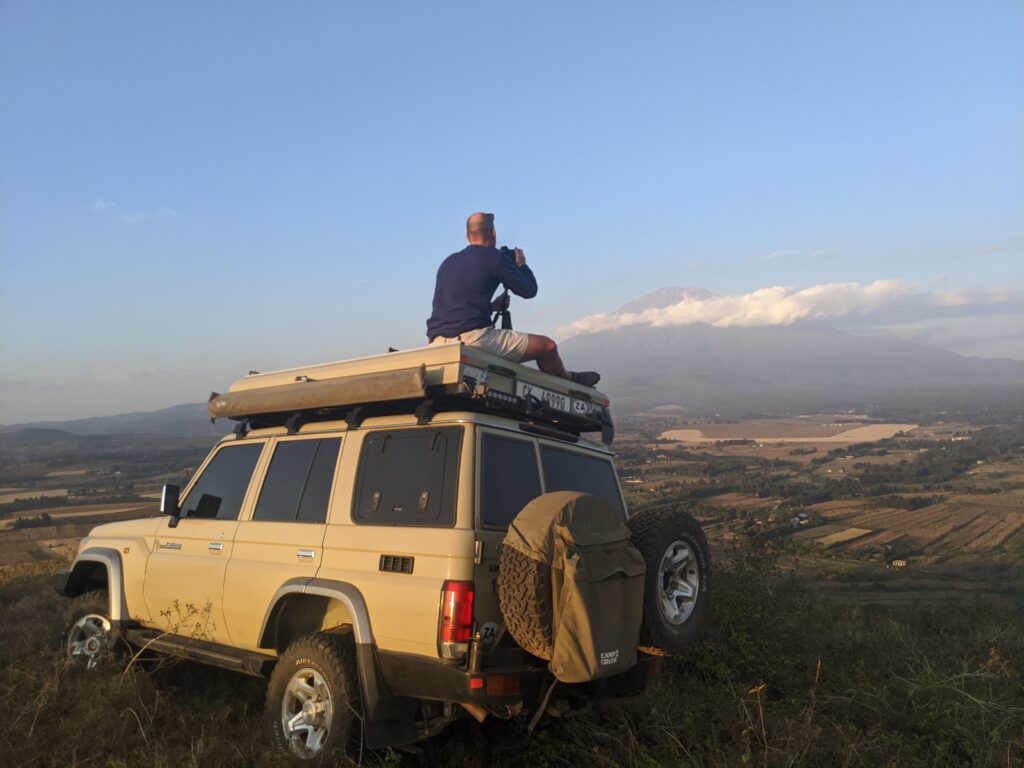
Car preperations
In terms of car preparation sometimes it does depend on what county you are in but a lot will be te same. Whatever country you are in I would say it is best to have a 4×4. We have a V8 land cruiser so we know we can handle any situation. Our trips are always multi-day, multi-destination trips. We camp and are usually self-sufficient when camping, meaning we cook for ourselves.
A lot of the time this is out of necessity as much as it is preference. We like to visit remote areas and sometimes even bush camp so you need to have everything with you. Here is a list of what is permanently in our car and then the extras we add:
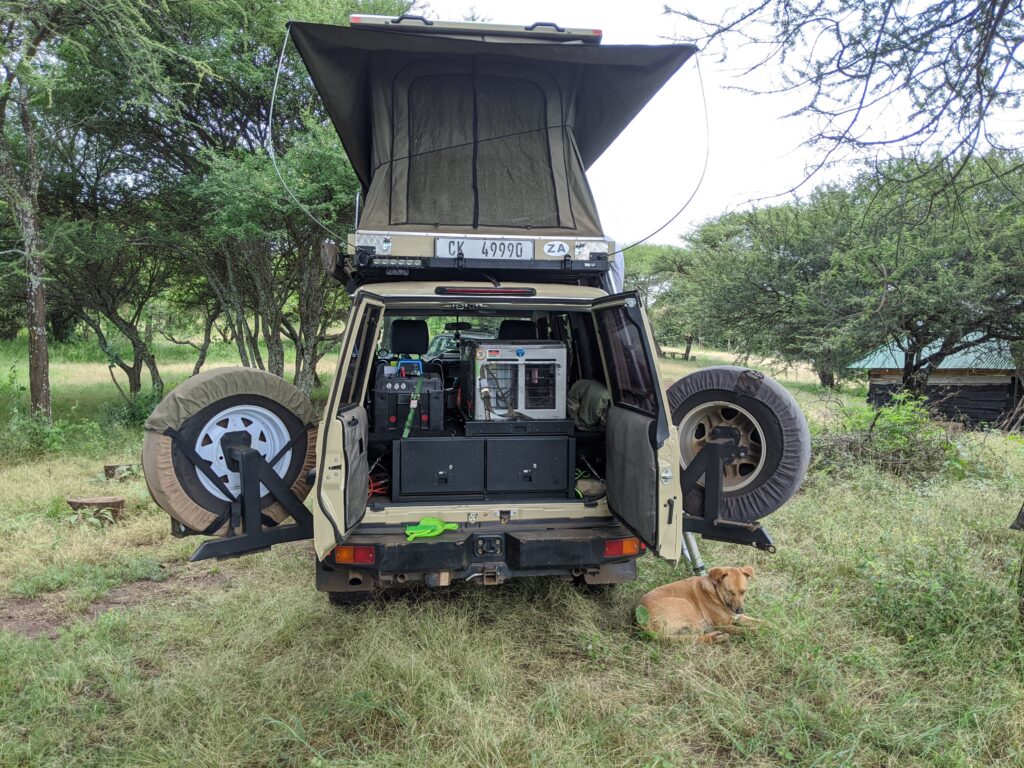
Permanently in the car
- Roof top tent – matters, pillows, duvet stays in the tent
- Main Fridge
- Front fridge – small fridge mainly for drinks
- Puncture repair kit
- 2 spare tyres
- Tyre pump
- Pressure gauge
- Triangle
- Shower curtain and shower pump system
- Awning
- High lift jack
- Jump starter
- Jump leads
- Gas canister
- Spotlights
- Dual battery system
- Solar pannel
- torch
- first aid kit
Extras
- 20L water tank
- 2L drinking water container
- solar shower
- Shovel
- Blanket
- Chairs
- Table
- washing line & washing powder
- Kitchen equipment –
- Kettle
- Saucepan
- Fraying pan
- Cutlery
- Mugs
- 2 ring gas hob
- Washing up bowl
- Plates
- Bowls
- Gas bottle
- Thermos
- bucket
- washing up liquid, tea towel, cloth
Electronics
- iPad
- GPS
- Phones
- Camera
Apps
- Maps.me
- Tracks4africa
- Google maps
- The Kingdom Guide
- Sasol birds
- Google translate
- XE – currency exchange
- Maps.me
Route planning
A large part of your preparation will be planning your route. Having an idea of how far you will be driving in a day and where you will be going will help you to also plan where you need to top up fuel, food and water.
We start the trip with a full fridge of meat, milk, yoghurt, etc and full stock of dry food and fruit and veg. Generally, we will need to re-stock after a maximum of a week so you need to ensure your route planning allows for this or plan your food intake accordingly. Usually, you can find fruit and veg being sold on the side of the road so this is easy to top up. Canned good and quality meat are harder to find.
If you know you will be in a remote area and doing a lot of driving then you may need to take an extra petrol canister. Remember driving times will generally be longer than they will be to cover the same distances in Europe or the US. As a side note, never believe google maps’ predicted travel time, it is ALWAYS longer than the predicted time.
The roads are generally not great. They are mostly single lane, there are a lot of trucks, goats, camel, sheep, cows, people and bicycles on the road. Some roads are just dirt roads and some are littered with potholes.
If you want to be comfortable and not drive all day then try and drive less than 500km in a day. This will give you enough time to get to a camp set up and be prepared before it gets dark.
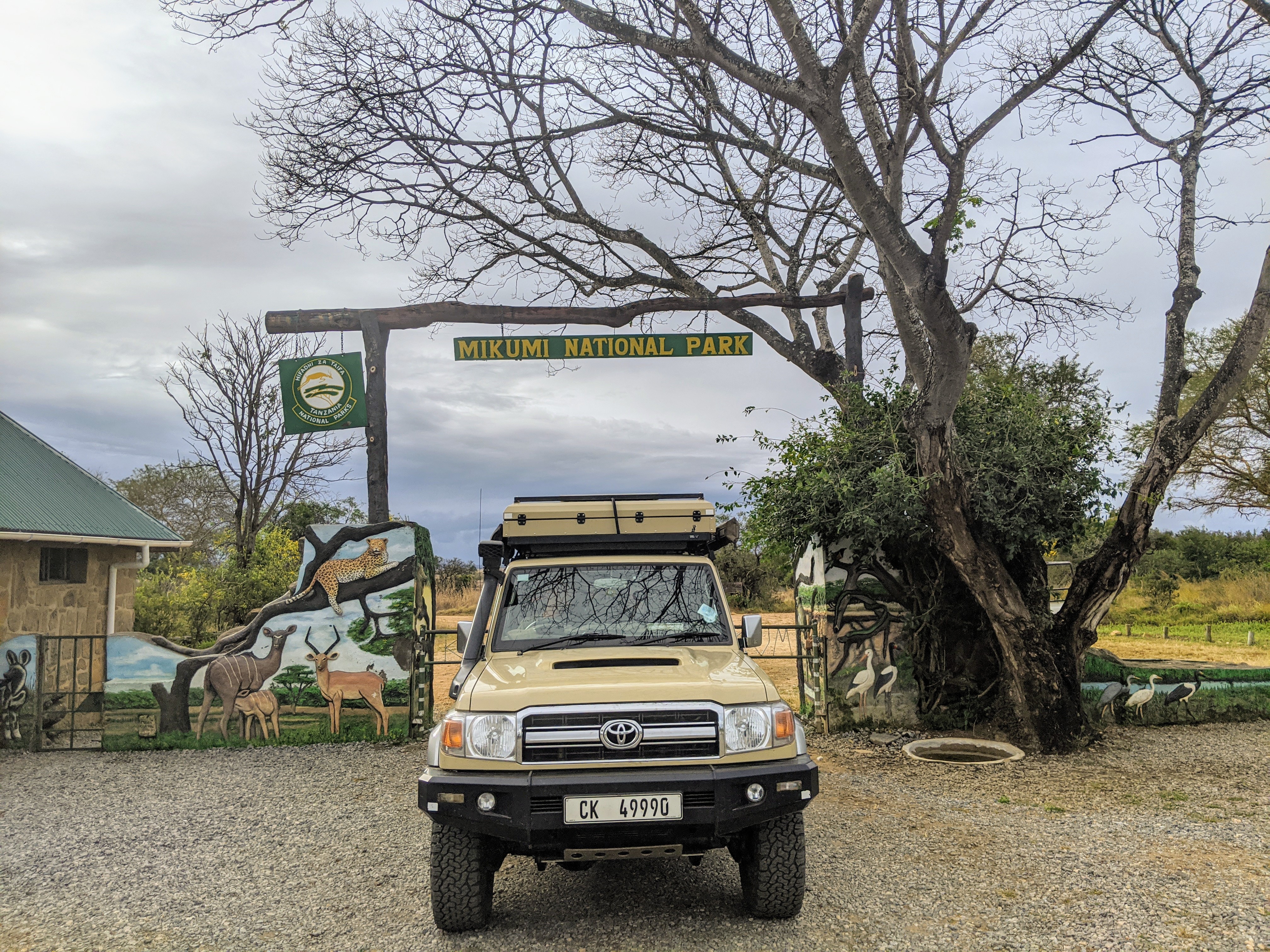
Travelling preferences
As a general rule, I like to be at a campsite for around at least 2-3 nights. Sometimes this isn’t necessary or desired as it might just be a stopover. However, if it is a planned part of your route then at least two nights is good. Two nights gives you time to enjoy the place take in your surroundings and do some activities before you have to pack up and move on.
Obviously, a great benefit of road trips is that you can move around and experience a number of places on one trip. This is great but don’t try and fit too many places into your trip. If you only stay one night at each place it doesn’t give you time to enjoy the place, you will spend most of your time driving to the camp, setting up and packing up camp.
One of the best things about self-drive safari is that you can take your time. You are on your own schedule and there is no one to rush you. If you are particularly enjoying a place then stay a little longer the next place will still be there tomorrow.
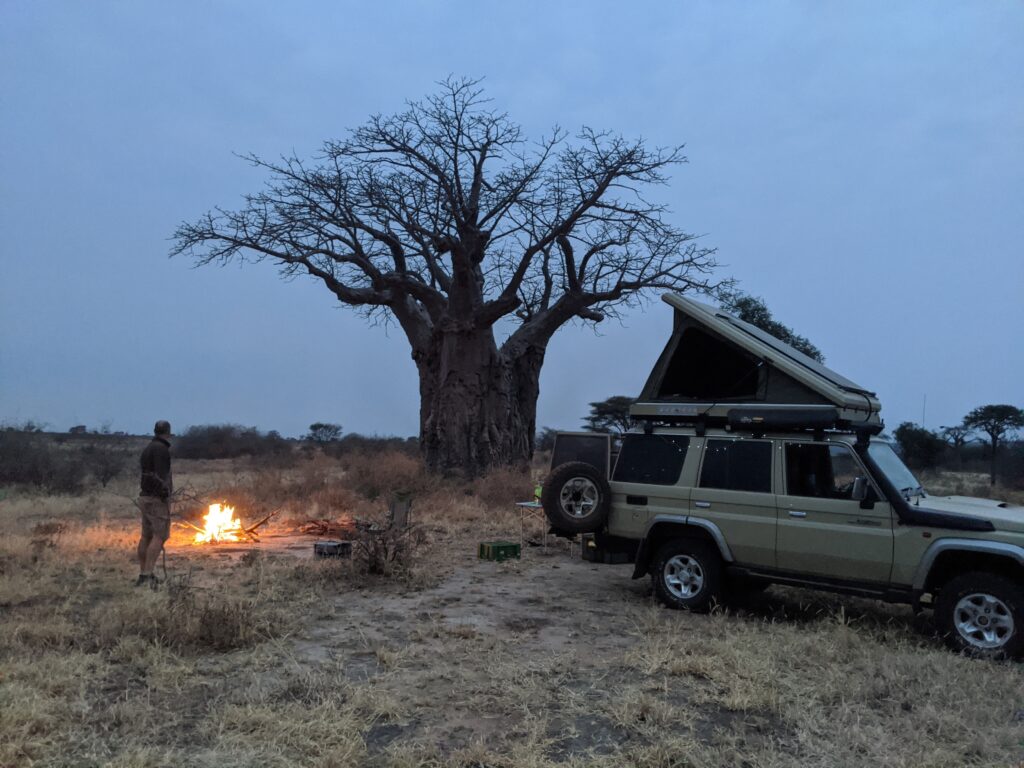
Pros and Cons
Remember it is not all plain sailing when self-driving. The roads are not always great and you may experience mechanical issues. It’s long hours on the roads and some things will go wrong. The other drawback is that you have to organise everything yourself. From park entrance fees, routes, shopping, cooking etc. A self-drive safari isn’t for everyone but if you love freedom, and are confident driving long distances in a 4×4 then it just might be for you.
If you want the freedom of self-drive but with more comfort then you can always stay at lodges instead of camping. This takes out a lot of the stress including shopping for food and cooking, setting up camp and finding camp spots. You can also ask the lodges to help you organise and pay for park and conservation fees and even do your actual safari with the lodge.
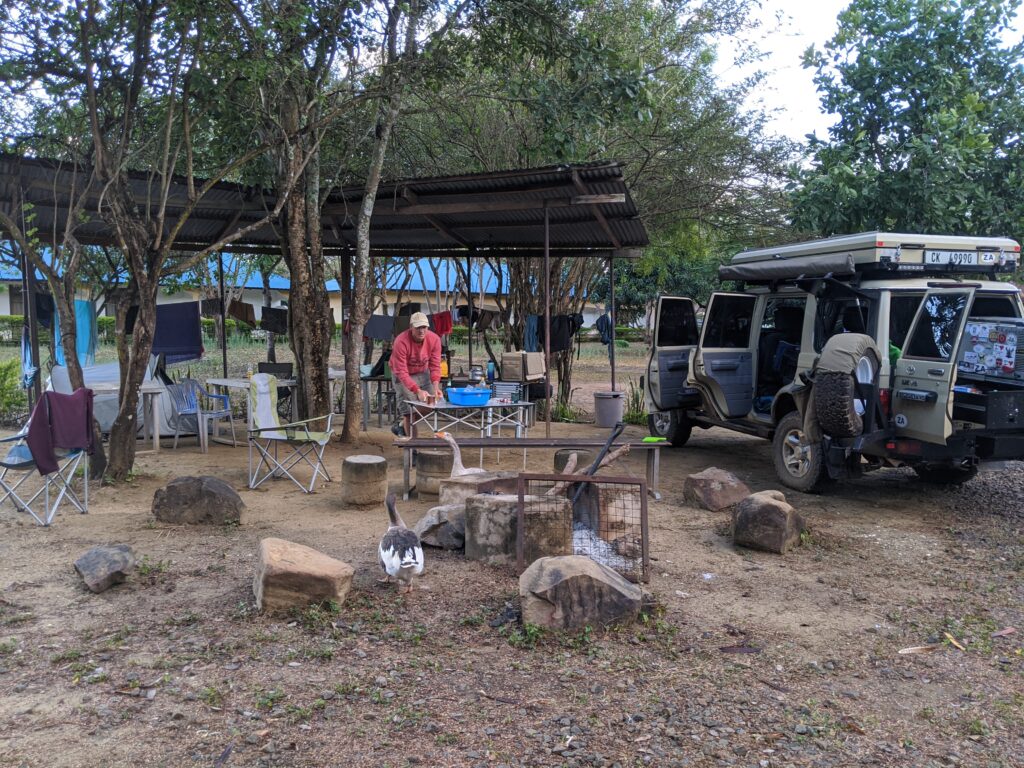
Are you convinced?
So what do you think? Is seld driving for you? If so check out this post: 5 must-see places in Northern Kenya or 10 photos to inspire you to visit Namibia for your first trip.
If you are not convinced then try reading this post: How to travel like a local for alternatives to self-drive.
If you have enjoyed this post why not share it for others to read?
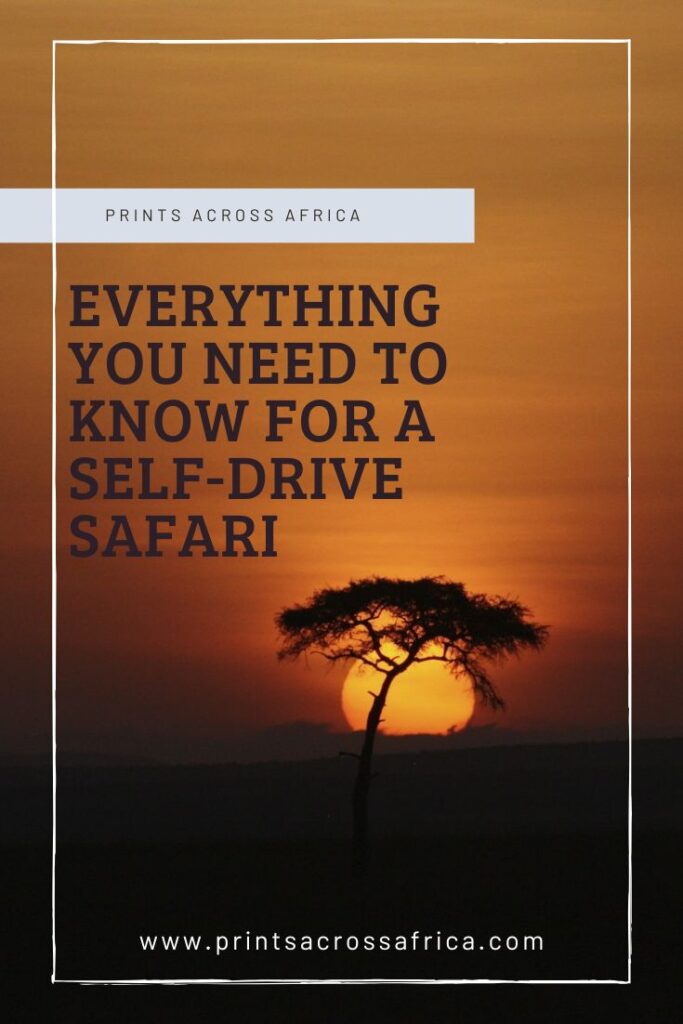
Let me know if you have any thoughts or questions in the comments below, I would be happy to help.

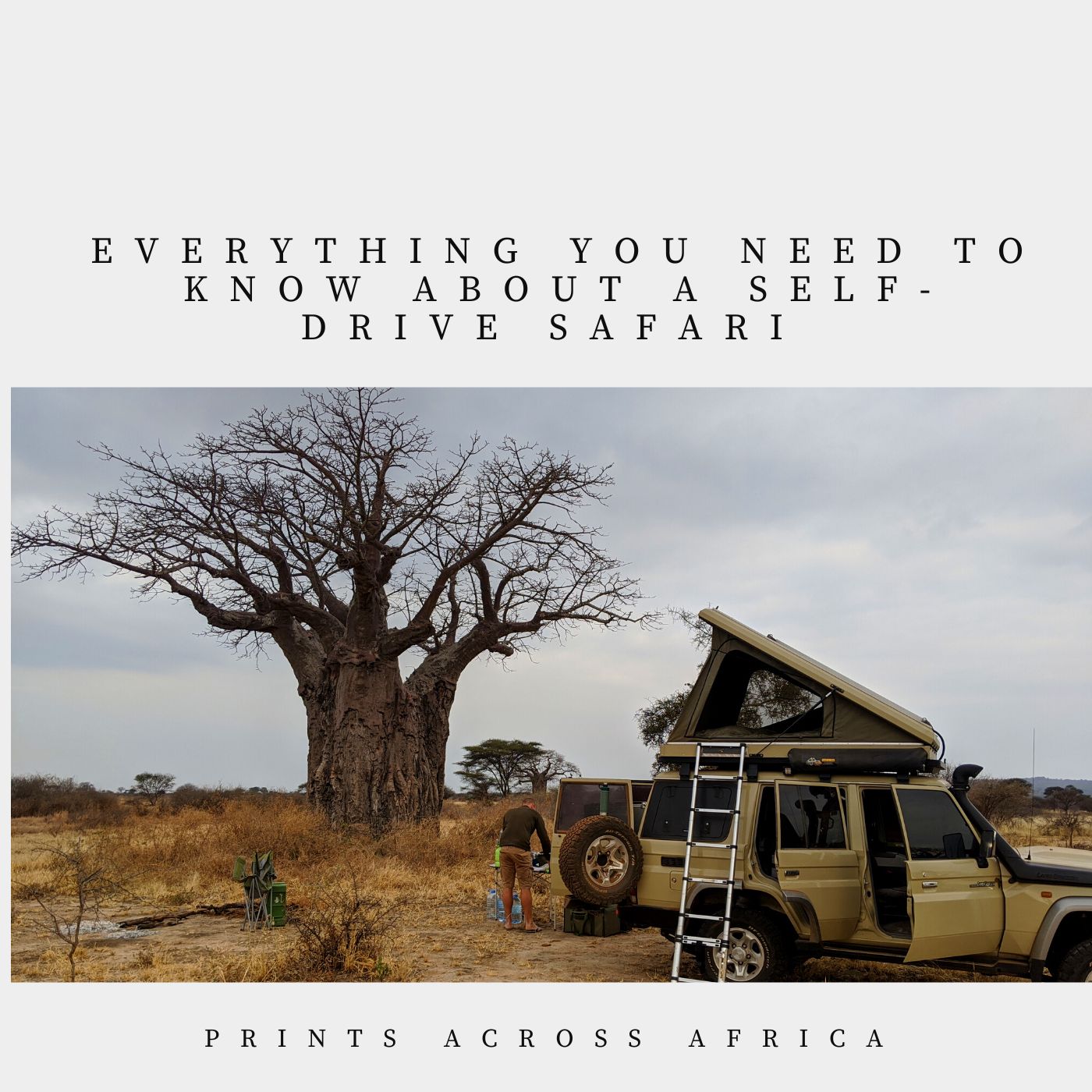

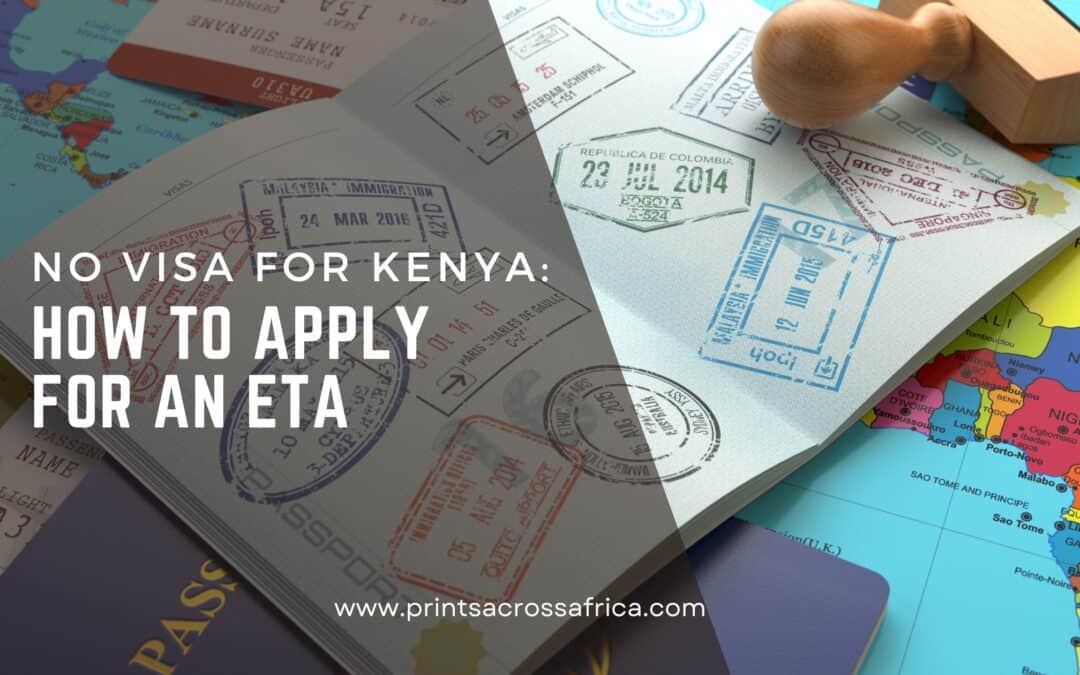

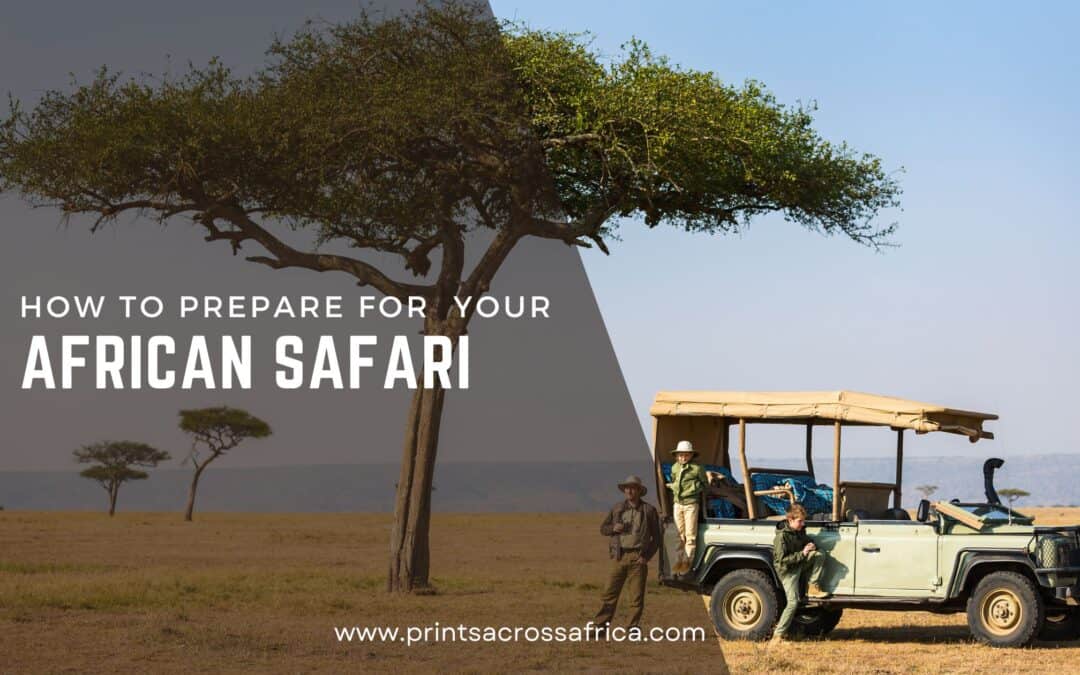
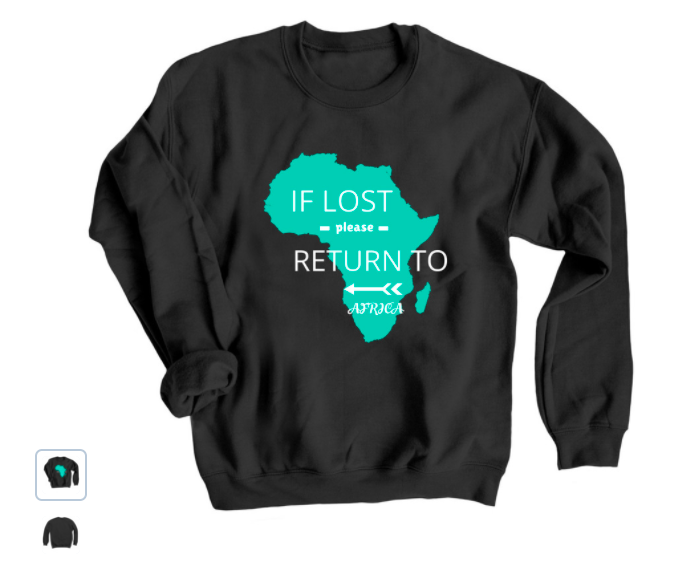
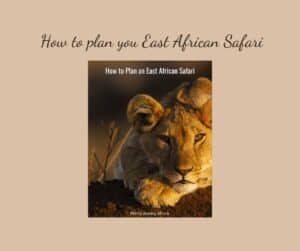
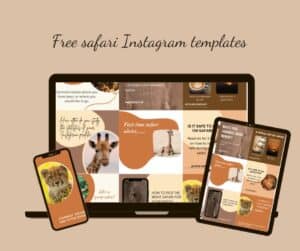
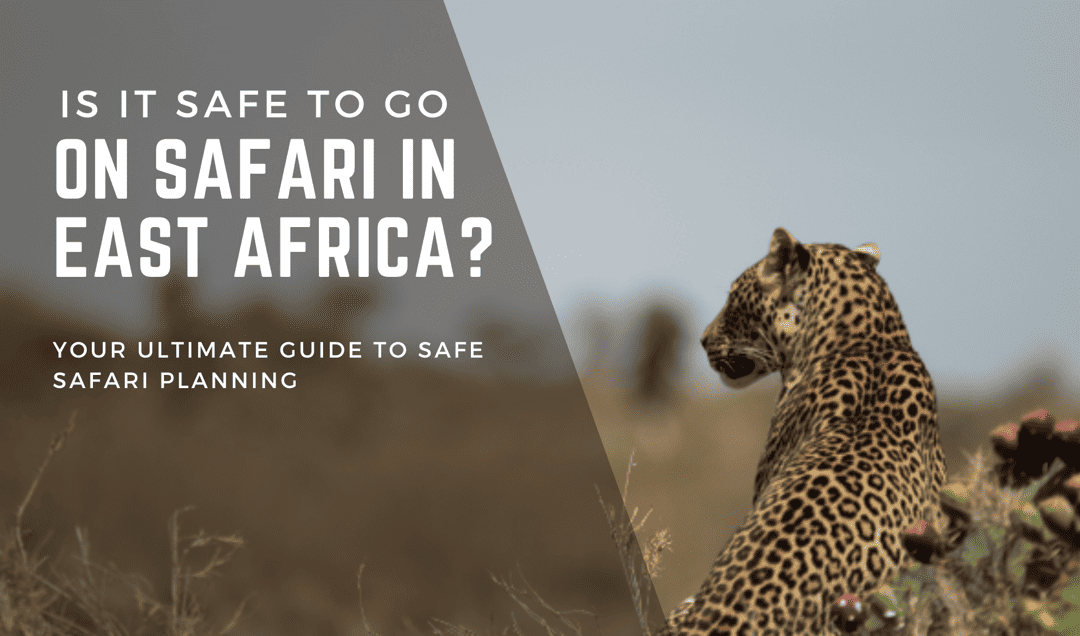
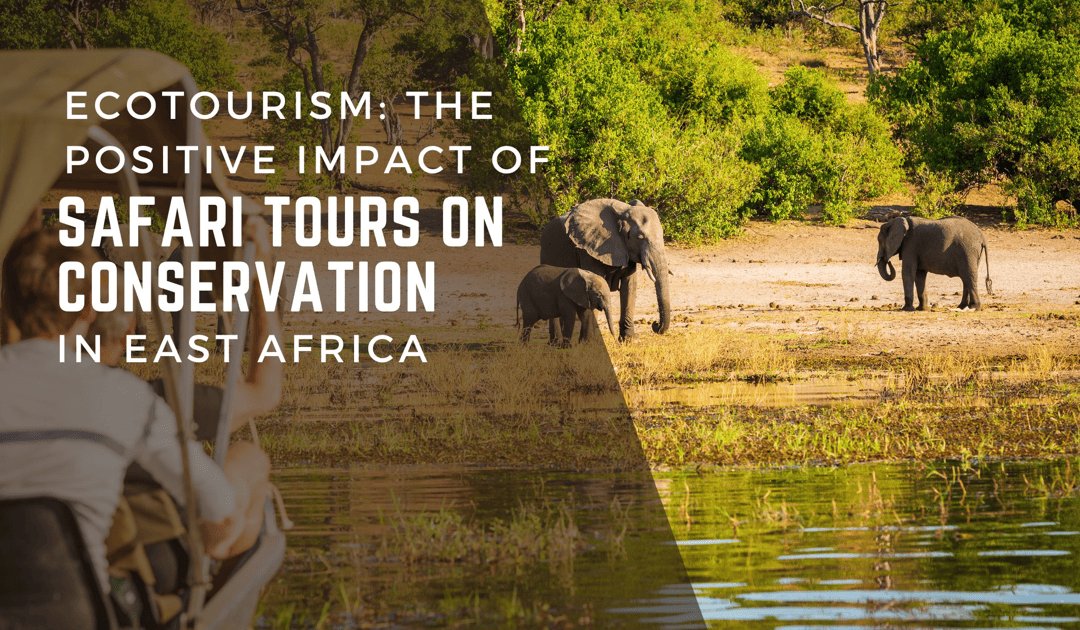
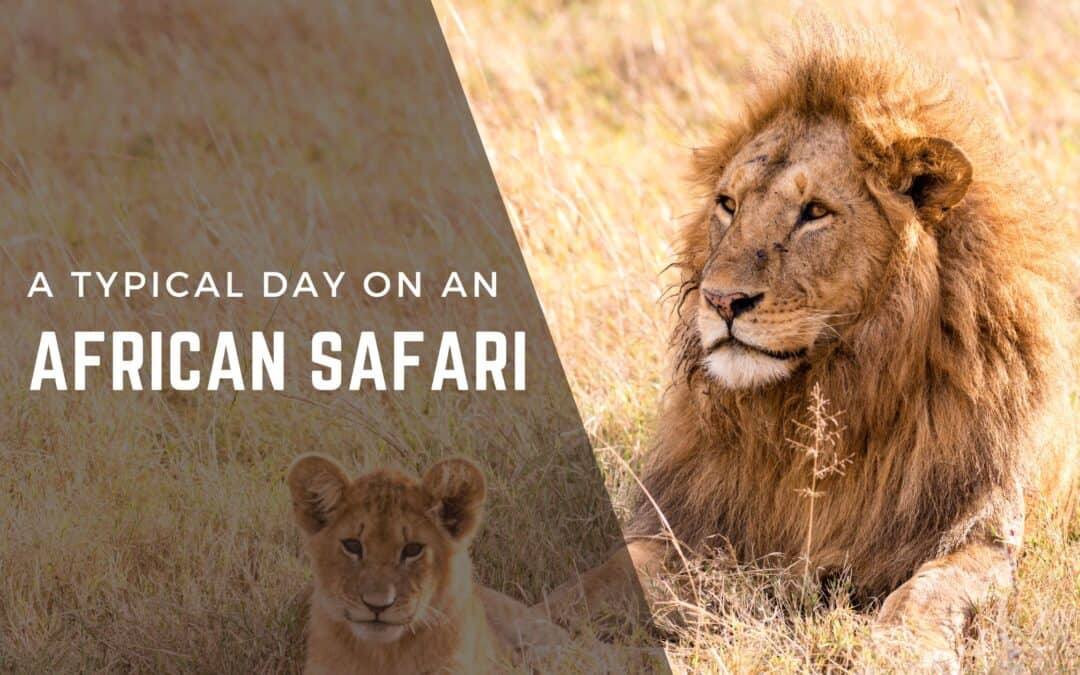

0 Comments
Trackbacks/Pingbacks